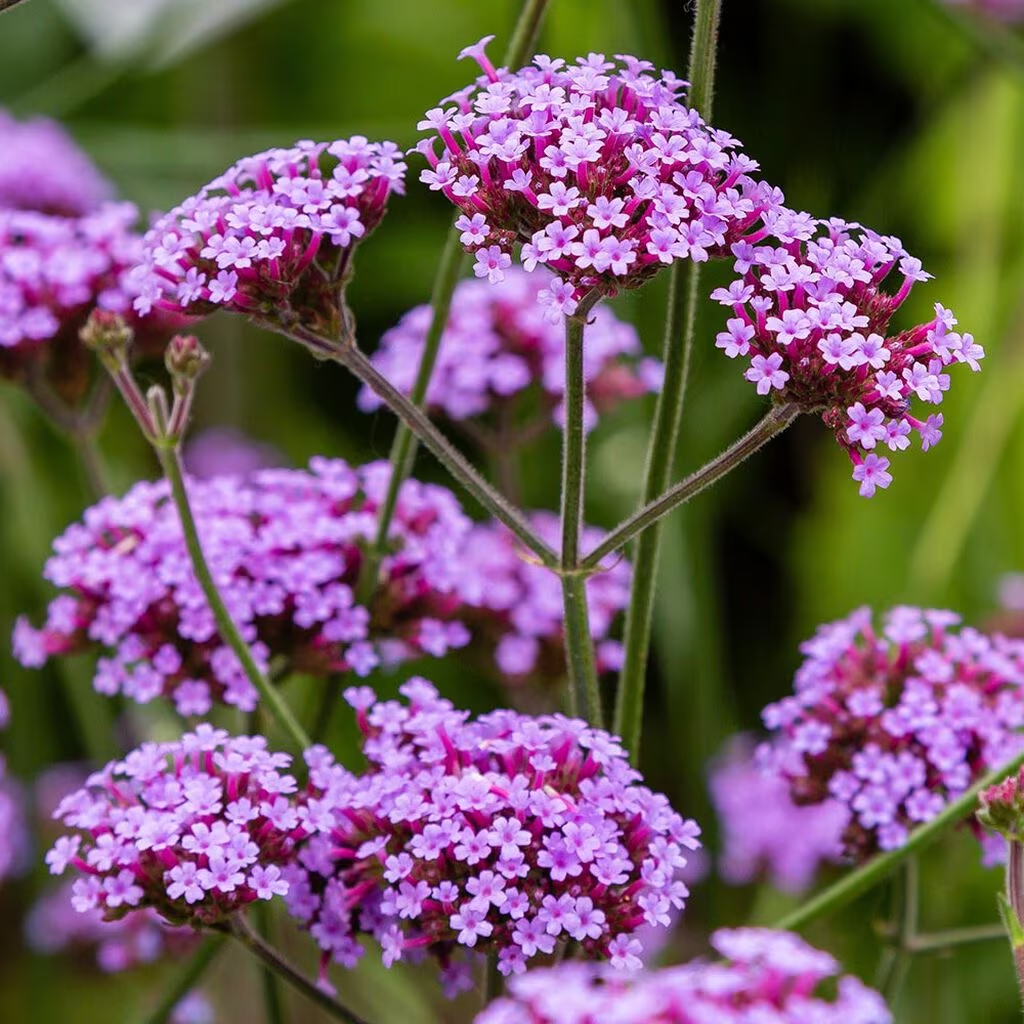Primrose - planting and care
Plant guide
Indoor plants and interior
Primula is a colorful flower that appears in January and reminds us that spring is soon approaching. The quantity, diversity, and combination of colors are spectacular and give the home a real energy boost.

Topics:
Plant guide
Indoor plants and interior










